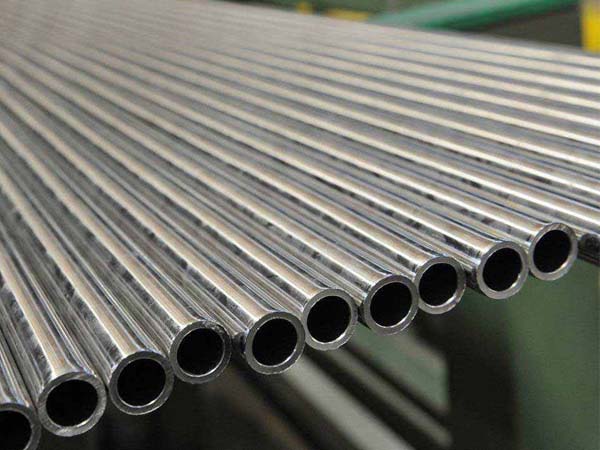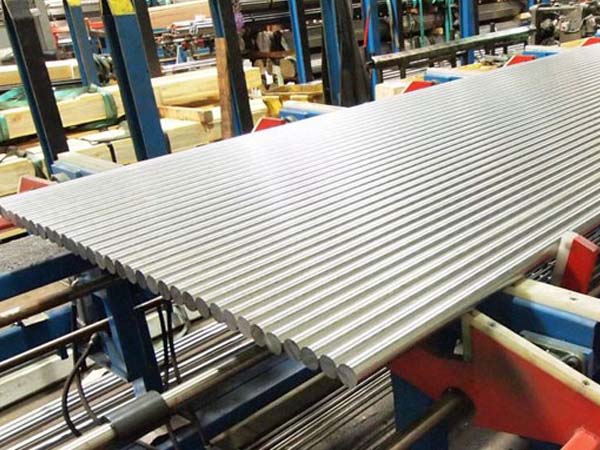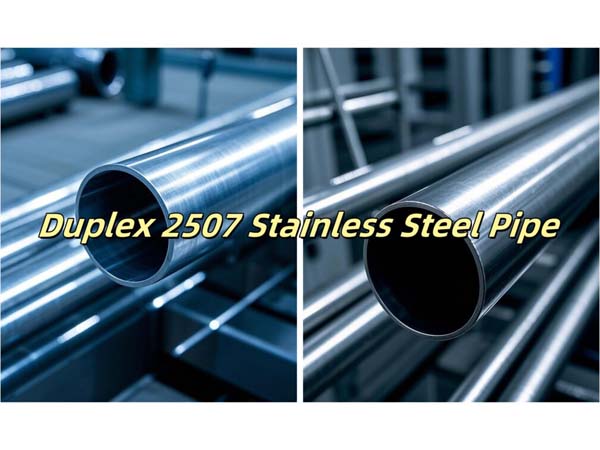





Phone
+86-731-82250427
Address
25th floor, C3 Building, Wanda Plaza, Kaifu District, Changsha, Hunan Province, China.
 Mar 14 2024
Mar 14 2024254SMO (UNS S31254, W.Nr. 1.4547) is a super austenitic stainless steel known for its exceptional corrosion resistance. It combines chromium, nickel, molybdenum, and nitrogen to provide excellent resistance to chloride stress corrosion cracking, pitting, and crevice corrosion. With twice the strength of stainless steel 300 series, 254SMO is often referred to as "6% Moly" due to its molybdenum content. It can withstand high temperatures and volatile conditions while offering cost-effective advantages over high nickel and titanium alloys.
Chemical Processing: Reactors, heat exchangers, pumps, and valves
Oil and Gas: Offshore platforms, subsea equipment, pipelines, and process equipment
Desalination Plants: Heat exchangers, evaporators, and brine heaters
Pulp and Paper: Bleach plants, digesters, and evaporators
Food Processing: Tanks, piping systems, and heat exchangers
Power Generation: Flue gas desulfurization systems, cooling water systems, boilers, and steam condensers
Marine Applications: Seawater piping, heat exchangers, and offshore structures
|
Material |
Cr |
Mo |
S |
Ni |
Si |
C |
Mn |
N |
|
254SMO |
19.5-20.0 |
6.00-6.50 |
1.01max |
17.5-18.0 |
0.80max |
0.02max |
1.00max |
0.18-0.20 |
|
Material |
Tensile strength |
Yield strength 0,2 |
Elongation |
Hardness HB30 |
|
650N/mm² |
300N/mm² |
35% |
270HB |
254SMO exhibits outstanding resistance to pitting and crevice corrosion, thanks to its elevated levels of chromium, molybdenum, and nitrogen. Its low carbon content minimizes the risk of carbide precipitation during heating. Additionally, it demonstrates high resistance to corrosion cracking and maintains excellent ductility and impact strength at both ambient and sub-zero temperatures. The material's exceptional resistance to chlorides makes it highly suitable for applications involving seawater exposure, as it can withstand prolonged periods without succumbing to crevice corrosion.
The heat treatment process for 254SMO stainless steel typically involves solution annealing. This process entails heating the material within a temperature range of 1050-1150°C (1922-2102°F) to dissolve any existing precipitates and promote a uniform microstructure. Rapid cooling, often achieved through water quenching, is employed to preserve the desired properties of the material. Stress relieving can be performed at a temperature of 550-650°C (1022-1202°F) to alleviate residual stresses. Additionally, post-treatment passivation or surface treatment may be necessary to enhance the material's corrosion resistance and overall performance.
Heating is a common practice for heat treating 254SMO material to achieve desired mechanical properties, strength, and hardness. The process involves controlled heating to specific temperatures, followed by holding the material at those temperatures for a specific duration in controlled atmospheres. To prevent oxidation, the material is either air-cooled or quenched.
Post-treatment processes may be required to meet the final product specifications. One such process is pickling, which aims to remove surface impurities and oxide layers from the 254SMO stainless steel. Pickling involves immersing the material in an acid-based solution, known as a pickling solution, which dissolves contaminants and restores the material's corrosion resistance.
Hot Forming: 254SMO can undergo hot forming processes such as forging and upsetting within a temperature range of 982-1149°C (1800-2100°F). It is important to avoid exceeding this temperature range to prevent scaling and reduce the workability of the material. Performing post-process annealing is recommended to restore the maximum corrosion-resistant properties after hot forming.
Cold Forming: Cold working of 254SMO can be achieved using conventional methods, although the process can be challenging due to its high work rate. However, cold forming can result in increased strength and toughness of the material.
254 SMO is quite tough to machine due to the extremely high work hardening rate and lack of sulfur content. However using sharp tools, overpowered machine tools, positive feeds, good amount of lubrication, and slow speeds tend to provide good machining results.
Welding of 254SMO stainless steel requires filler material without which it results in poor strength properties. Filler metals such as AWS A5.14ERNiCrMo-3, and alloy 625 are recommende.
Ø Bar & Rod
Ø Plate & Sheet
Ø Coil & Strip
Ø Pipe & Tube
Ø Fitting: Flange, Tee, Elbow, Reducer etc.
Ø Forging: Ring, Shaft, Circle, Block etc.
Ronsco is a supplier with more than 27 years of experience in the special metal field, we always adheres to the business phiosophy of "customer-centered", tries its best to meet the requirements of customers and pursues win-win cooperation with customers. Are you looking for special metal products one-stop supplier! Contact Us Now! Email: marketing@ronsteel.com
